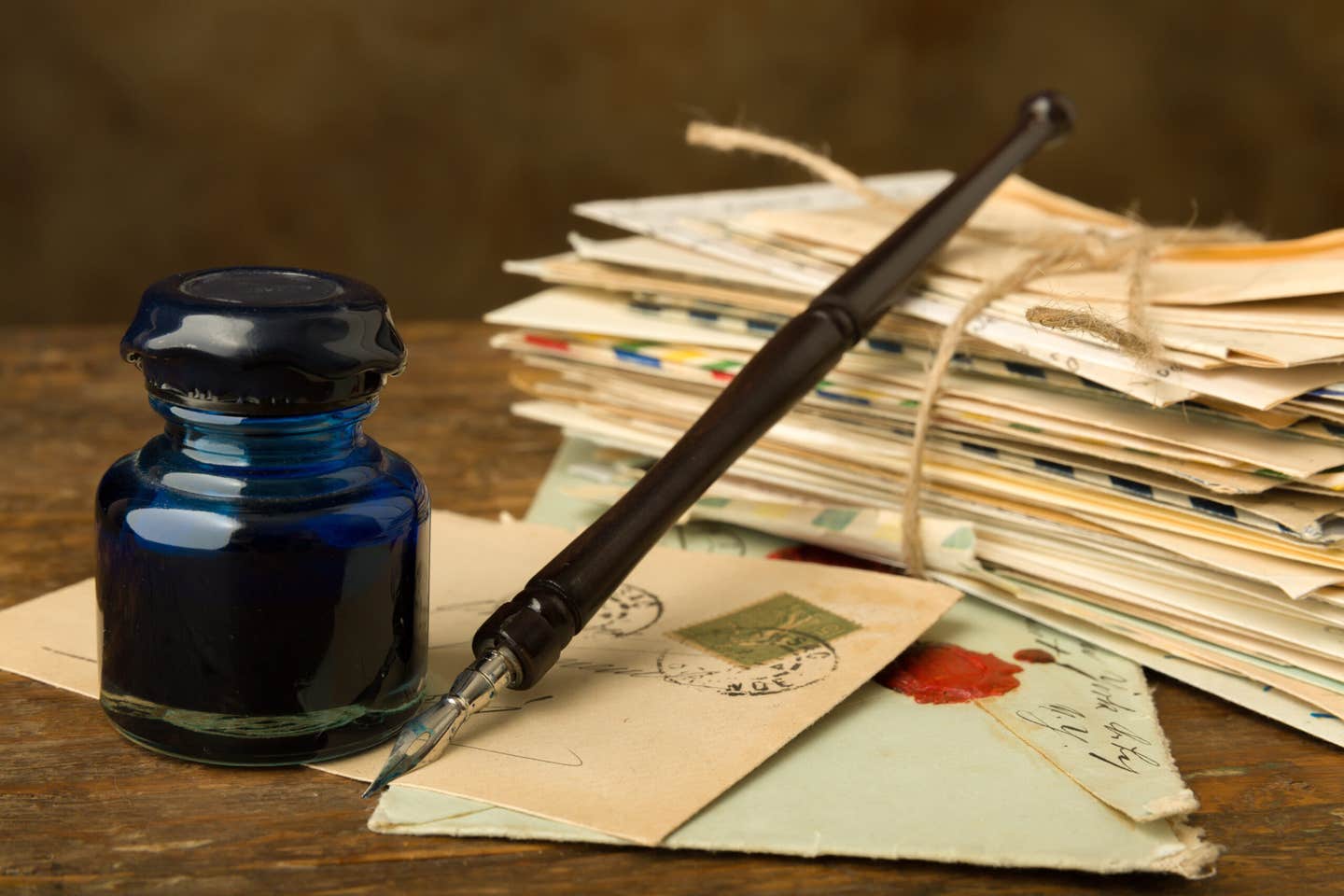Left and right confusing for coins
I’m never sure whether rules governing left and right on a coin refer to the coin’s left and right, or the viewer’s left and right. Can you help? Where possible,…
I’m never sure whether rules governing left and right on a coin refer to the coin’s left and right, or the viewer’s left and right. Can you help?
Where possible, coin designs follow the rules of heraldry. Under those rules, the left and right are those of the design, not the viewer. For example, a bust facing to the coin’s right is facing “Dexter,” which is correct under the laws of heraldry. Facing the other way is facing “Sinister,” which is not allowed under the oldest European heraldry rules (those of Spain). That the rules of heraldry are ignored as frequently as they are honored is underscored by the English practice of changing directions with each new ruler.
Is there any requirement affecting the designer’s initials on a coin – such as whether they are incuse or in relief?
There is no regulation, but over the years designers have certainly had their problems in even getting their initials on their work. Whether they are incuse or relief is a matter of the artist’s personal preference, and both can be found on U.S. coins. On the Lincoln cent, Brenner’s “VDB” initials are now incuse, but Felix Schlag’s initials on the Jefferson nickel are in relief. The Fraser “F” is incuse on the Buffalo nickel, and MacNeil’s “M” is incuse on the Standing Liberty quarter. Weinmann’s “AAW” is in relief, as are Gilroy Robert’s, John Sinnock’s and Frank Gasparro’s initials.
Was the Lincoln cent artist’s real name Victor D. Brenner?
Brenner’s original name was Victoras Barnauskas. He was born of Jewish parents in Lithuania. He changed his name when he emigrated to the United States in 1890
When was the Commission of Fine Arts formed?
It was created by an Act of Congress and signed by President William Howard Taft on May 17, 1910. The original purpose was to “Advise on the location of statues, fountains and monuments in the public squares, streets and parks in the District of Columbia.” The scope was broadened in the same year by an Executive Order and again in 1913 by President Woodrow Wilson. President Harding added coins, medals and insignia in 1921. Congress added more duties for the seven members in 1930.
Didn’t Ben Franklin once propose a pretty radical idea for the first U.S. coinage designs?
Franklin was active in attempts to get the English firm of Bridges and Waller to strike our first coins. In a letter to the company he urged that the new coins should be graced with a variety of different slogans such as, “A penny saved is a penny got,” “Early to bed, early to rise ....” and others of a similar nature. These suggestions made the point that a single slogan would quickly become boring.
This article was originally printed in Numismatic News Express. >> Subscribe today
More Collecting Resources
• Liked this article? Read more by subscribing to Numismatic News.
• Check out the newly-updated Standard Catalog of World Coins, 2001-Date that provides accurate identification, listing and pricing information for the latest coin releases.









